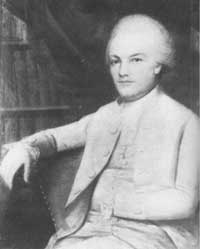 One
of the plans of government presented at the beginning of the Federal
Convention of 1787 was the Pinckney Plan named after its author Charles
Pinckney of South Carolina. Unlike many of the other plans there is no
convention record of Pinckney's Plan which, as described by Farrand
(Volume 3, Page 595) "was formally discharged from further
consideration ... and it was referred to the Committee of Detail
which was appointed to draft a constitution on the basis of the
proceedings of the Convention at that date." Farrand noted when John
Quincy Adams [Minister to Netherlands, 1794-97; Minister to Prussia,
1797-1801; United States Senator (MA) 1803-08; Minister to Russia,
1809-14; Envoy to United Kingdom, 1815-17; United States Secretary of
State, 1817-25; member House of Representatives (MA) 1831-33, 1833-43
(different congressional districts) 1843-1848; Sixth President of the
United States, 1825-29] (image below far left) was preparing the
convention Journal for publication in
1819, the Pinckney Plan was not among the secretary's papers. Adams
contacted Pinckney for a copy of the plan and was sent what Pinckney
admitted to Adams may have
been the copy submitted to the convention in 1787. Farrand published
the copy of the plan sent Adams but then discusses whether that
document was in fact the actual plan submitted to the convention.
One
of the plans of government presented at the beginning of the Federal
Convention of 1787 was the Pinckney Plan named after its author Charles
Pinckney of South Carolina. Unlike many of the other plans there is no
convention record of Pinckney's Plan which, as described by Farrand
(Volume 3, Page 595) "was formally discharged from further
consideration ... and it was referred to the Committee of Detail
which was appointed to draft a constitution on the basis of the
proceedings of the Convention at that date." Farrand noted when John
Quincy Adams [Minister to Netherlands, 1794-97; Minister to Prussia,
1797-1801; United States Senator (MA) 1803-08; Minister to Russia,
1809-14; Envoy to United Kingdom, 1815-17; United States Secretary of
State, 1817-25; member House of Representatives (MA) 1831-33, 1833-43
(different congressional districts) 1843-1848; Sixth President of the
United States, 1825-29] (image below far left) was preparing the
convention Journal for publication in
1819, the Pinckney Plan was not among the secretary's papers. Adams
contacted Pinckney for a copy of the plan and was sent what Pinckney
admitted to Adams may have
been the copy submitted to the convention in 1787. Farrand published
the copy of the plan sent Adams but then discusses whether that
document was in fact the actual plan submitted to the convention. 

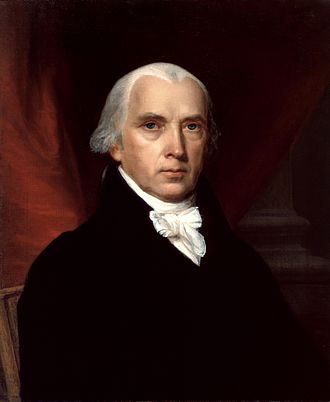 Farrand states by 1819 only a few of the members of
the convention were
still living but two of those, Rufus King (image middle left) and James Madison (image near left), "expressed
privately their conviction that the document printed in the Journal was
not the same as that originally presented by Pinckney in 1787." As
Farrand had the opportunity to examine the original evidence, FOAVC
believes his conclusions regarding the document are conclusive.
Farrand points out the paper on which the plan was written was
watermarked with the year 1797 and therefore at the least, was copy
rather than the original.
Farrand states by 1819 only a few of the members of
the convention were
still living but two of those, Rufus King (image middle left) and James Madison (image near left), "expressed
privately their conviction that the document printed in the Journal was
not the same as that originally presented by Pinckney in 1787." As
Farrand had the opportunity to examine the original evidence, FOAVC
believes his conclusions regarding the document are conclusive.
Farrand points out the paper on which the plan was written was
watermarked with the year 1797 and therefore at the least, was copy
rather than the original. Farrand states many of the points of the plan sent Adams "embodies several provisions that were only reached after weeks of bitter disputes--compromises and details, that it was impossible for any human being to have forecast accurately." Further, several features of the plan "are directly at variance with Pinckney's opinions as expressed in the Convention." Finally Farrand states that a speech by Pinckney (written but never delivered) "outlines the principle features of the plan which differ radically from the provisions of the document sent to John Quincy Adams." Farrand sums up by saying, "Indeed, when one notes its striking resemblance to the draft reported by the Committee of Detail on August 6, it is difficult not to agree with Mr. Jameson's conclusion that if Pinckney had copied "the printed report of the Committee of Detail, paraphrasing to a small extent here and there, and interweaving as he went along some of the best remembered features of his own plan," the results would have been precisely like the document sent to John Quincy Adams."
Farrand relies on the work of Professor John Franklin Jameson author of the book, "Studies in the History of the Federal Convention of 1787" to reconstruct what is believed to be the actual Pinckney Plan submitted to the 1787 convention. Farrand's section discussing the plan is printed below. FOAVC believes as Pinckney's Plan, according to Farrand, was used as the basis for the proposed amendment process of the first draft of the Constitution created by the Committee of Detail it is important to examine Pinckney's actual plan of amendment especially as he expressed opposition to even amending the Constitution at all (See Page 11 F, Pinckney Comment). Pinckney's 1787 Plan addresses assent by the states (ratification) but does not describe a method of amendment proposal. All portions of Pinckney's Plan (1787 and 1819) regarding use of a convention are highlighted.
Pinckney's 1819 amendment "plan" however is far more detailed than the Committee of Detail proposal (See Page Eleven G, Development of Article V). The Committee of Detail proposal states, "On the application of the Legislatures of two thirds of the States in the Union, for an amendment to this Constitution, the Legislature of the United States shall call a Convention for that purpose."
In comparison Pinckney's 1818 "plan" states, "If Two Thirds of the Legislatures of the States apply for the same The Legislature of the United States shall call a Convention for the purpose of amending the Constitution --Or should Congress with the Consent of Two thirds of each house propose to the States amendments to the same--the agreement of Two Thirds of the legislatures of the States shall be sufficient to make the said amendments Parts of the Constitution." Below this immediately in both the 1819 and 1787 versions is the sentence, "The ratification of the Conventions of [blank] States shall be sufficient for organizing the Constitution."
FOAVC believes it is significant even Pinckney, who opposed even amending the Constitution, nevertheless described two conventions in two sentences regarding amendment of the Constitution, neither of which defined the convention as being controlled by state legislature but instead were controlled by the people.
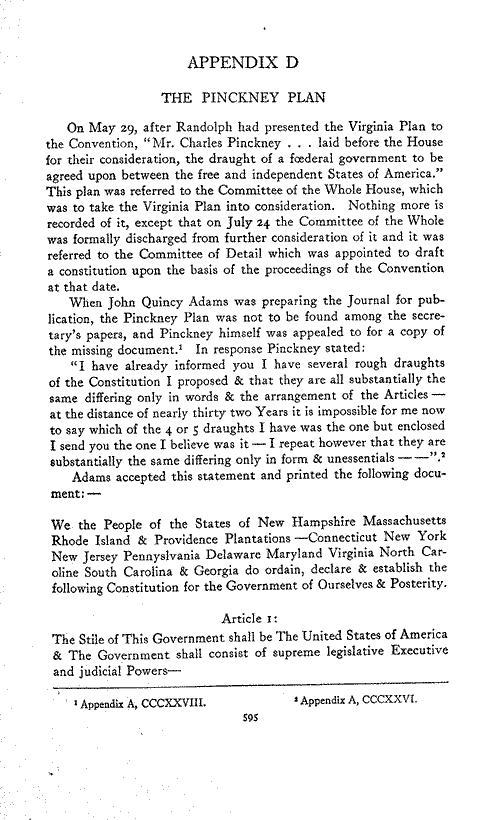 |
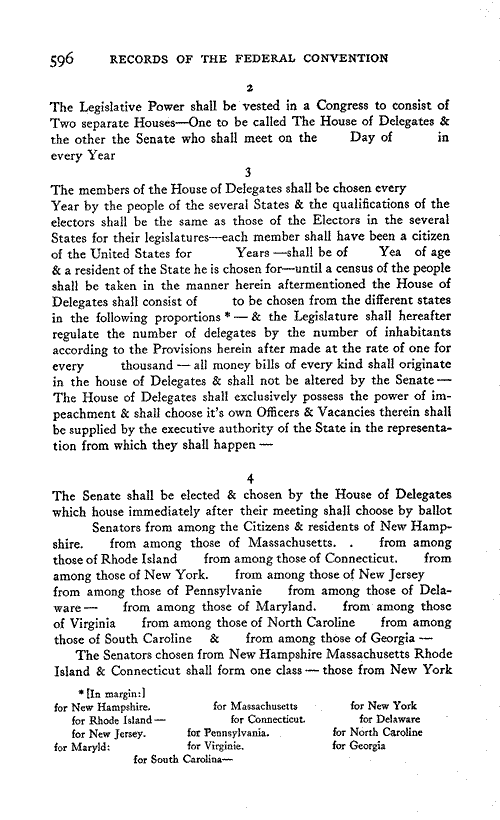 |
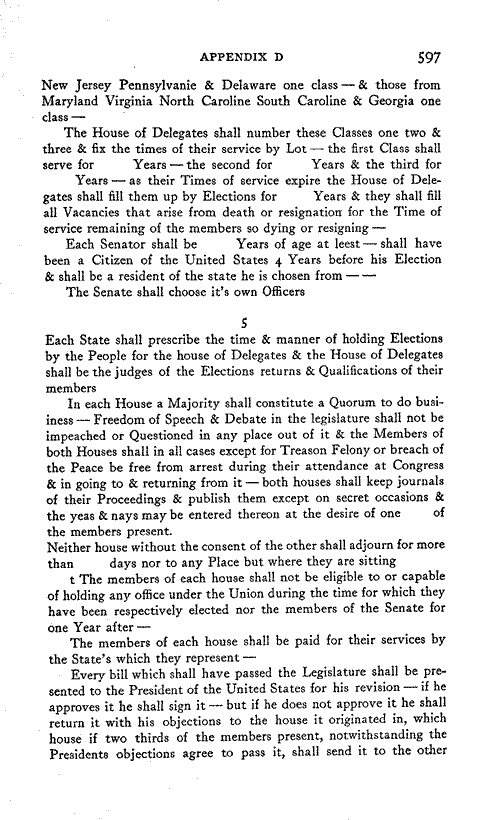 |
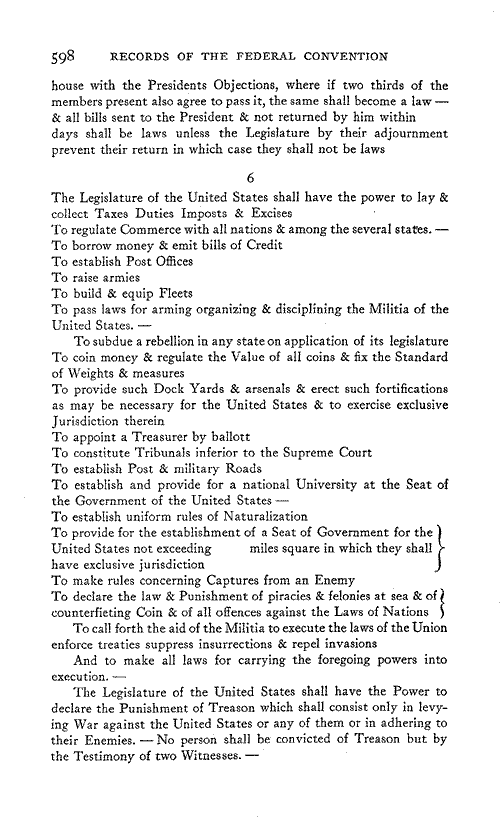 |
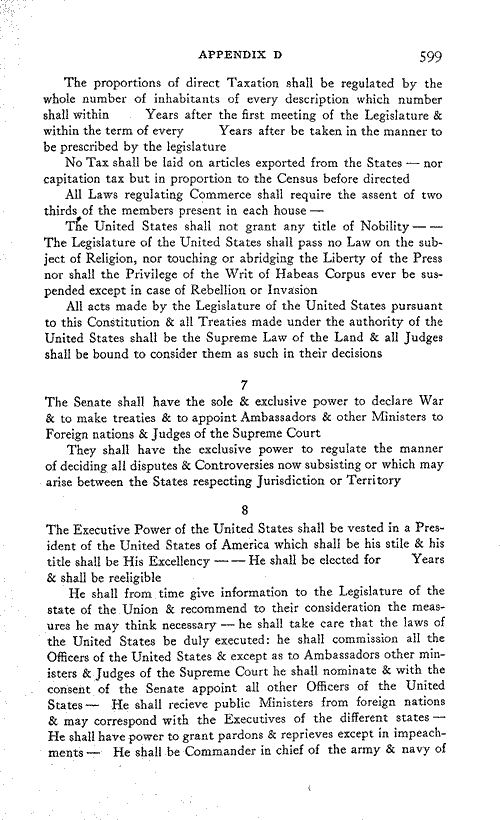 |
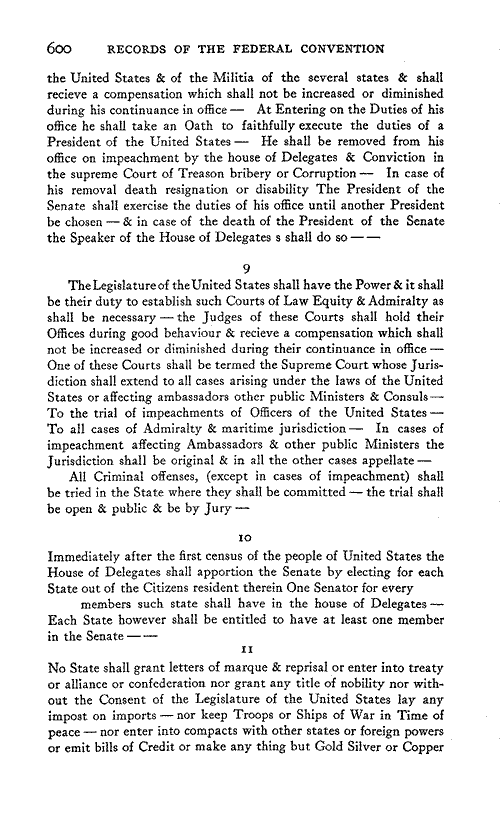 |
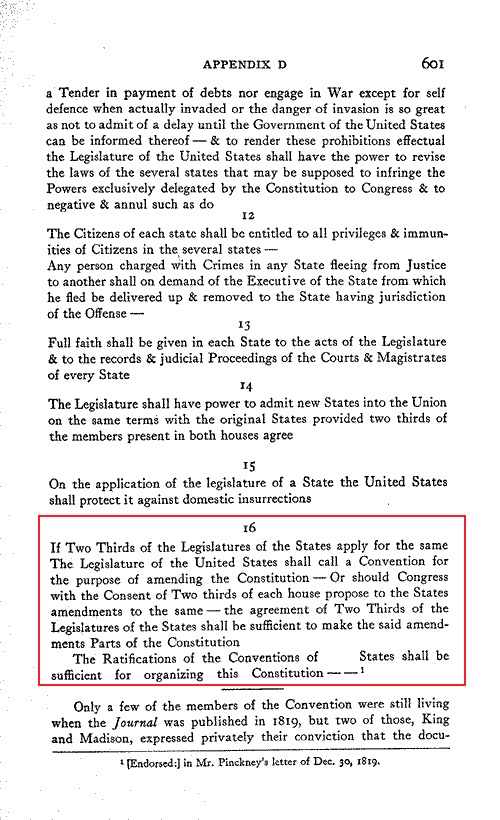 |
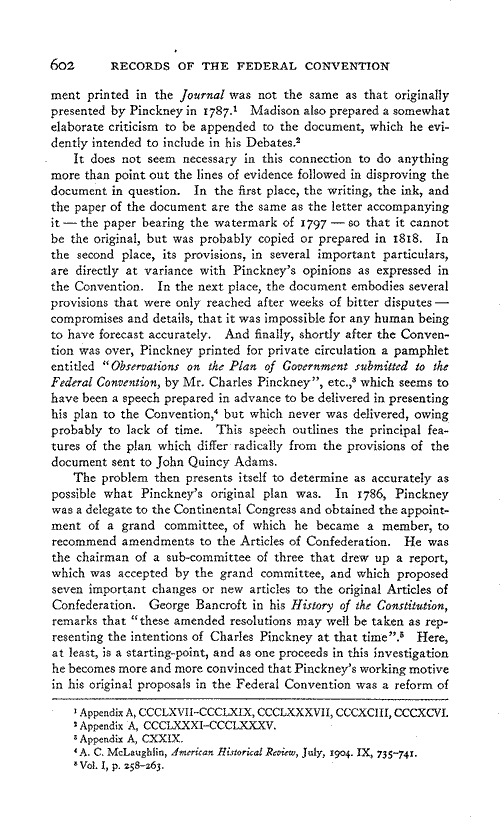 |
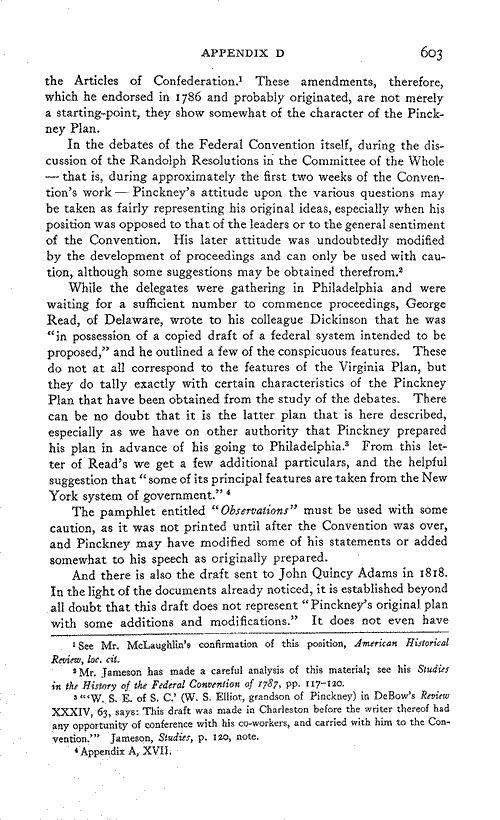 |
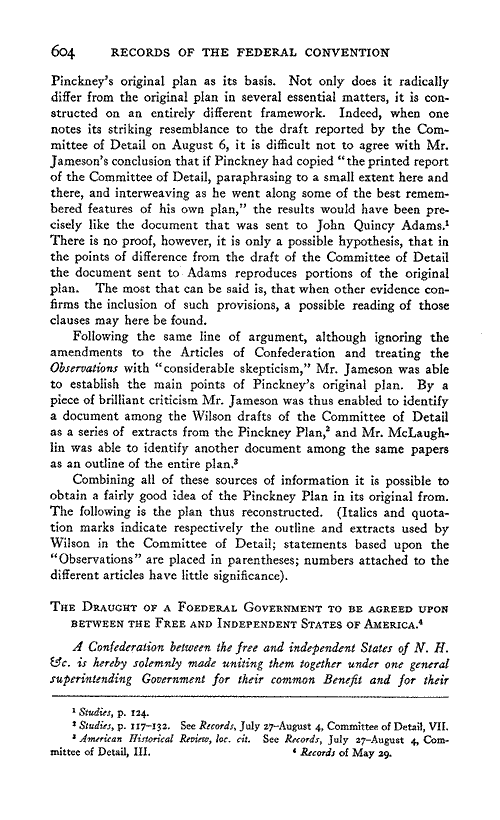 |
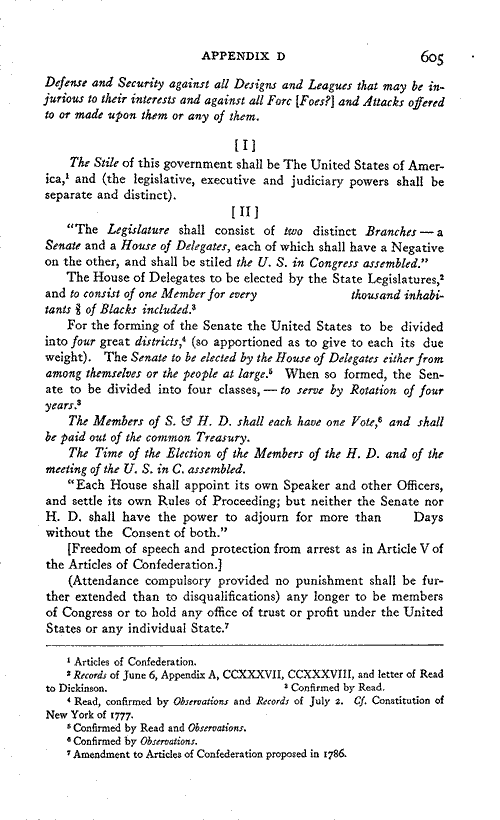 |
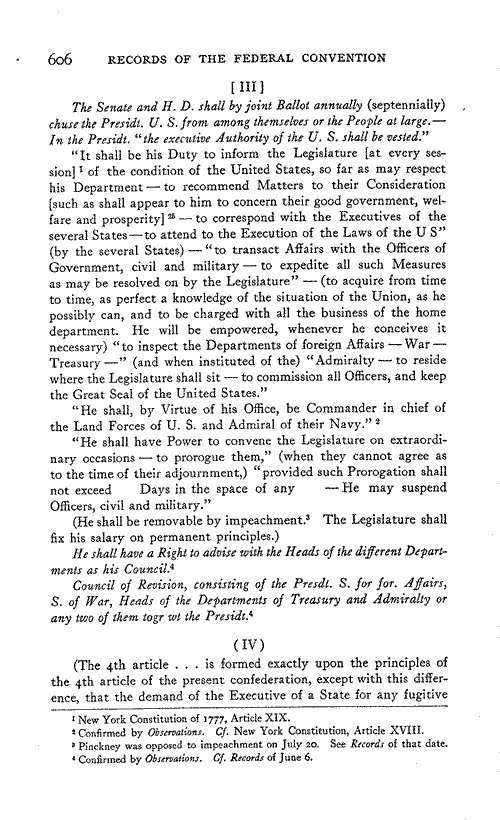 |
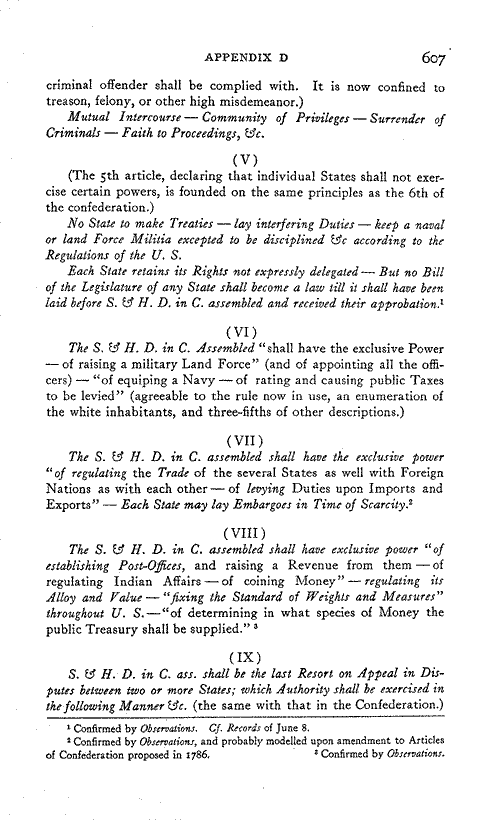 |
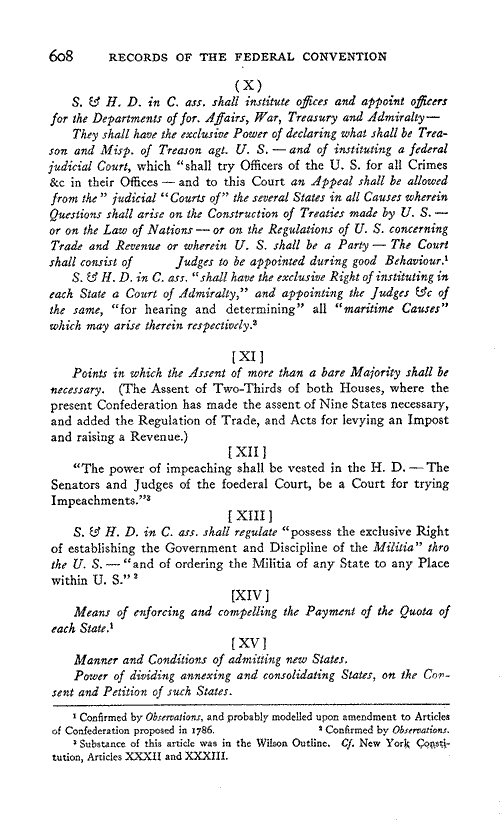 |
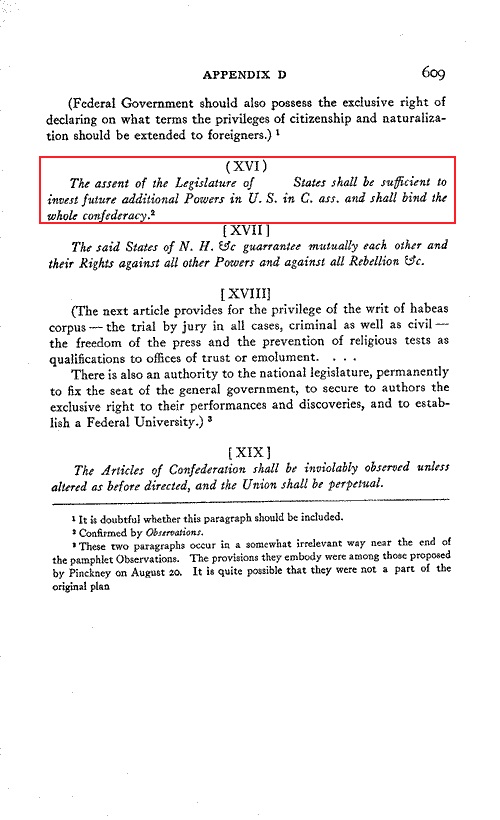 |
